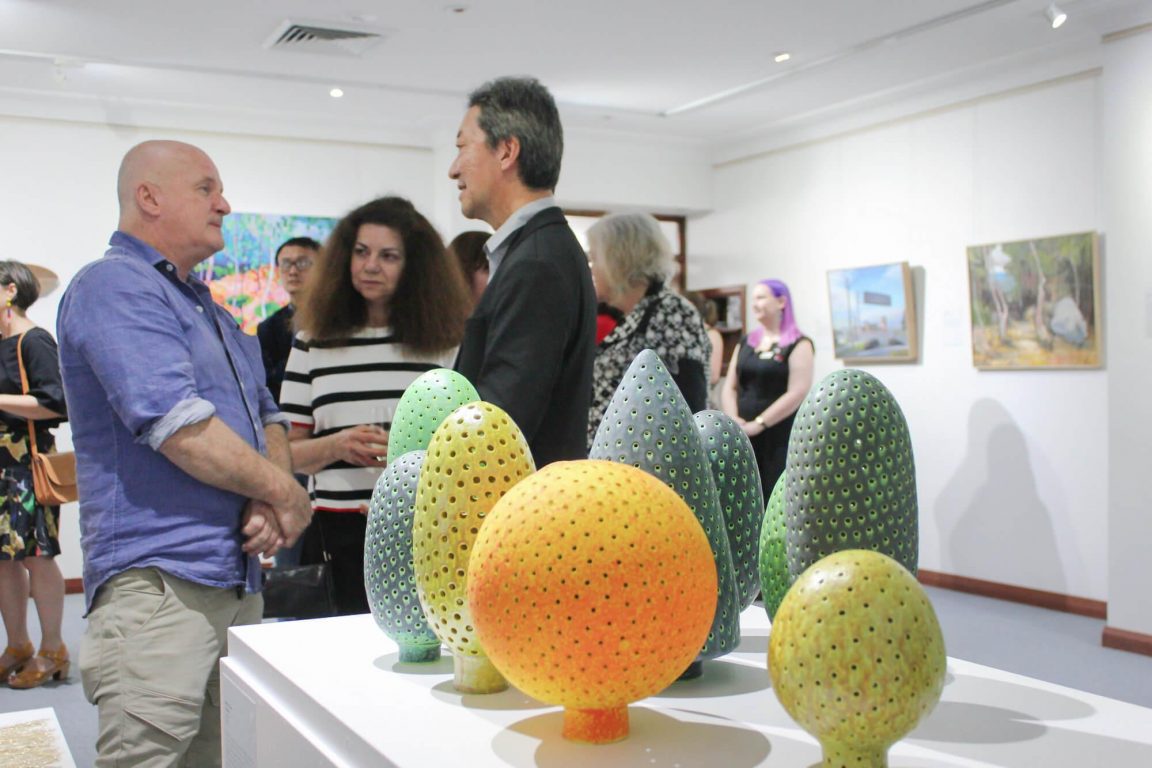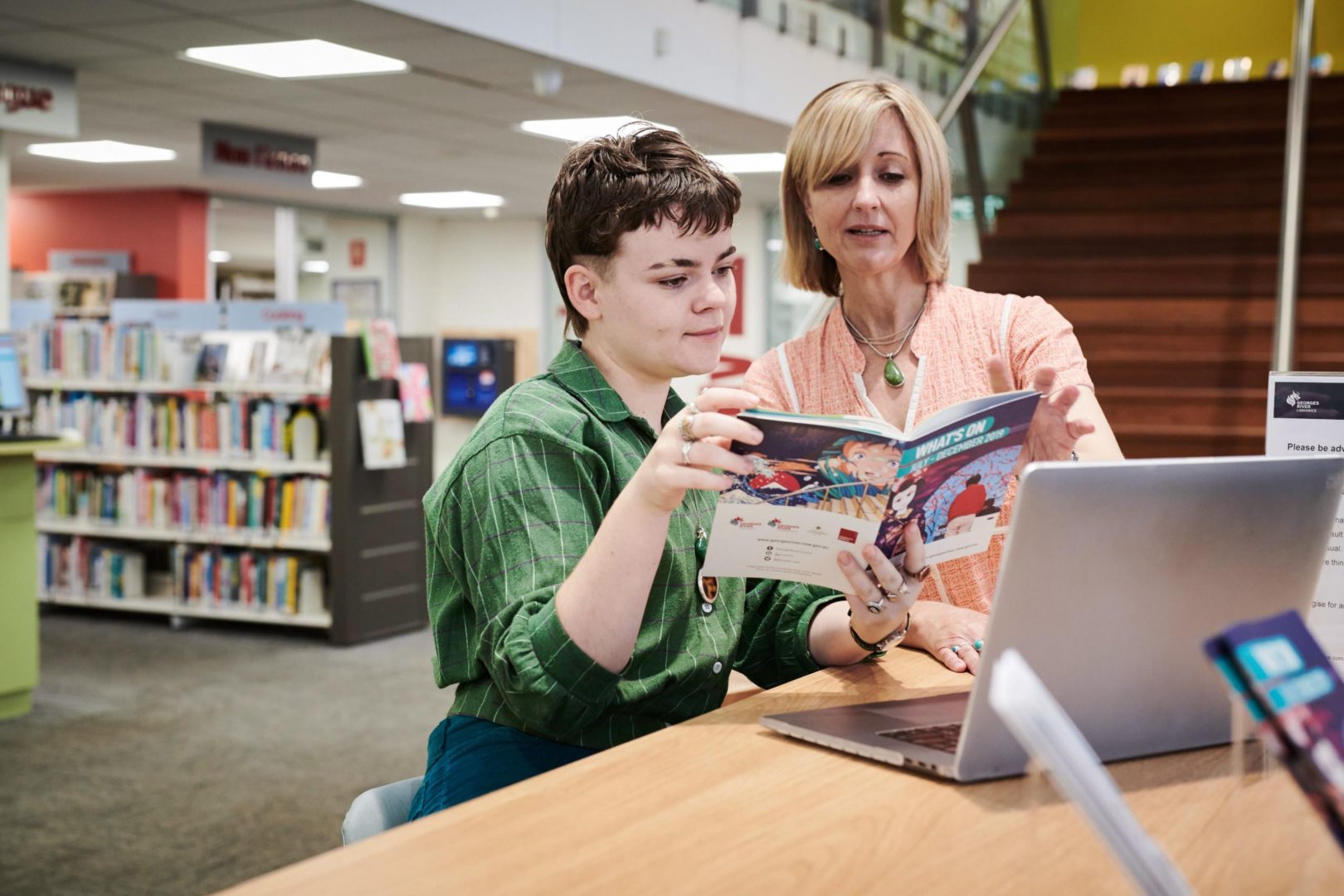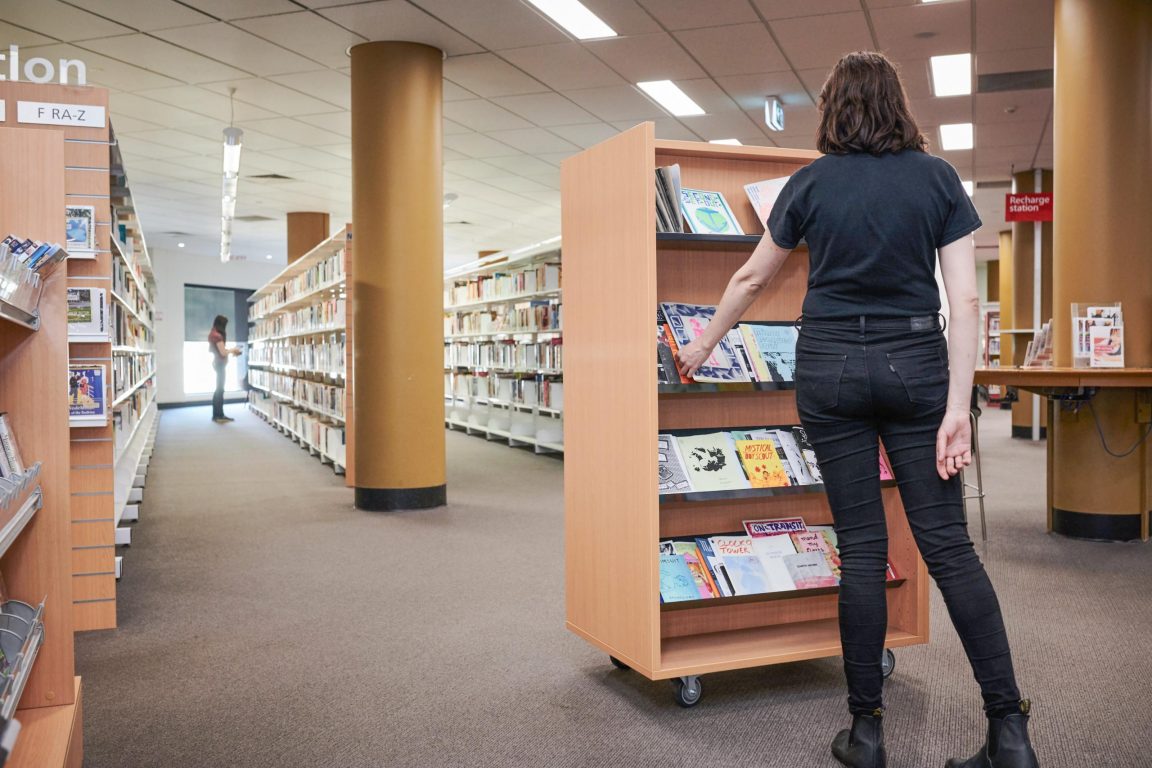
Delivering excellent service across all key sites
Georges River Council regularly exceeds their Happy Index goal of 80 points. In a recent quarterly report, the libraries reached an 83 Happy Index, and the museum and gallery services reached 92 Happy Index.
HappyOrNot has helped Georges River Council to:

Pinpoint problem areas and investigate the data
![]() Make customer satisfaction improvements across all community & cultural service points
Make customer satisfaction improvements across all community & cultural service points
![]() Celebrate teams that contribute to high Happy Index scores
Celebrate teams that contribute to high Happy Index scores
 Regularly exceed their customer satisfaction goals
Regularly exceed their customer satisfaction goals
Closing customer satisfaction gaps at cultural service points
Georges River Council is a local government area in Sydney, Australia that connects the community to culture and information through a range of services including libraries, museums, galleries, and early learning (child care) centres.
The council’s community and culture portfolio started using HappyOrNot to address performance gaps and improve the customer experience at these key service points.
Nuanced data allows for focused improvements
Before using HappyOrNot, Georges River Council conducted a satisfaction survey every two years to understand how customers viewed their community and cultural services. “However, we did not have the ability to gauge how particular service points were performing on a day-to-day basis,” says Rebekah Schulz, Director of Community and Culture at Georges River Council.
Rebekah explains how Georges River Council hadn’t the resources to conduct extensive exit surveys as visitors leave their facilities, so would await the results of the biennial survey whilst recognising the results were not specific to a time or place. “What I get from HappyOrNot as a director is real-time data to tell me how we’re tracking with the customer experience at every service point. We can see where the particular issues are and then manage them accordingly,” Rebekah adds.
Addressing service gaps in libraries
Georges River Council first implemented HappyOrNot Smiley Touch products in the library, and then rolled them out in other service centres like the aquatic centre, which was run by a third-party contractor. “We could see very quickly what our customers thought of these aquatic facilities and the improvements that could be made to them.”
From this, the value of using HappyOrNot at more customer-facing service points was recognised, and so Georges River Council rolled out additional Smiley Touches at their libraries, museums, and galleries.
For example, they focused resources into regular business hours—Monday-Friday, 9am-5pm—but quickly realised through the HappyOrNot feedback results that customers were reporting a dip in satisfaction on weekends compared to week days. “We learned to target our resources and our training to a seven days a week, 24/7 service mentality rather than just focusing on Monday-Friday,” explains Rebekah.
A particular instance was a decrease in customer satisfaction on Saturdays at one library. They investigated the data, and visited that library on a Saturday to see what was happening differently during these days. They deduced the issue was around rostering, so after adjusting the staff scheduling and rostering, the HappyOrNot results went up. “We wouldn’t have been able to do this if we didn’t have access to the data from the HappyOrNot Smiley Touches at that service point,” says Rebekah.

Using real-time data to make operational and strategic improvements
Georges River Council uses the data from HappyOrNot on both an operational and strategic level. On an operational level, leadership can see an overview of how all service areas are performing and then drill deeper into the data to see where improvements can be made.
The leadership team, including managers of each service area, hold monthly meetings with the business improvement officer to go through the Happy Index scores via the HappyOrNot Reporting Service. The business improvement officer presents the average the Happy Index for each service area, and shows where the customer satisfaction spiked, where it dipped, as well as the open comments from customers to uncover trends. Area managers will then congratulate their team when the Happy Index spiked, or plan actions with their team to solve issues and improve satisfaction.
Rebekah and Margaret Le, Customer Experience and Events Manager, also present the council’s performance to the executive team on a quarterly basis using the data from the HappyOrNot Reporting Service in alignment with other data they collect. For example, they can share that 162,000 people come through the libraries in one quarter, and the Kogarah library specifically had a top Happy Index score of 85, exceeding their goal. This data also serves as an indication that the libraries are highly used throughout the community (feedback amount) and that customers are pleased with the service (Happy Index), meaning they have the resourcing and staff training right.
With the data, they are also able to show that in the same quarter, the Hurstville library had the highest visitation rate, yet for the over 2,500 customer feedback responses, only achieved a score of 79. “While that’s not a particularly negative rate, it’s below our 80 Happy Index target. This prompts me to talk to the senior management team about the strategies we’re putting in place to improve that number and the customer’s experience,” says Rebekah. “We use the data to not only tell the story of our service performance to our senior management team, but also our plans to improve those services.”

Applying learnings from one service point to others
From the data collected through HappyOrNot, Georges River Council realised how happy people were with the concierge service at the customer service center in the Hurstville location, as the staff at this concierge service promptly greet customers, triages the customer’s inquiry, and either gives assistance right away or refers them to the right person in the organisation.
“We’re now looking at the potential to implement the successful concierge service at our other service points. For example, our Library Services team is considering a similar service provision in order to further improve the customer’s experience,” explains Rebekah.
About Georges River Council
Georges River Council is a local government area in Sydney, Australia dedicated to protect the natural environment, provide vibrant public places, sustain and develop a thriving creative culture, and enable people to move around the area easily. They also want to offer access to a good mix of housing options, create job and business opportunities, and ensure that Council is continually looking for ways to improve their provision of essential services.
They aim to be a leading people-focused organisation and continually seek opportunities to learn and grow. To learn more, visit georgesriver.nsw.gov.au.